10 Most Fantastic Car Steering Wheels
The steering wheel is more than just a control interface—it’s a design statement, a piece of engineering, and often an emotional focal point for drivers. Book Oman Motor Show 2025. Some are iconic for their shape, materials, or technological integration. In this article, we explore 10 of the most fantastic car steering wheels ever made, what makes each one special, and how steering‐wheel design has evolved.
What Makes a Steering Wheel Truly Fantastic
Before listing particular examples, there are criteria that tend to define a great steering wheel:
-
- Material quality (leather, wood, carbon fiber)
-
- Design uniqueness and style (shape, spoke layout, rim thickness)
-
- Functionality (grip comfort, integrated controls, feedback)
-
- Historical or collector value
-
- Innovative features (yokes, single-spoke, digital elements)
Using those criteria, here are ten steering wheels that stand out.
🌟 The Top 10 Steering Wheels That Made History
| # | Car / Model | Key Features / Why It’s Fantastic |
|---|---|---|
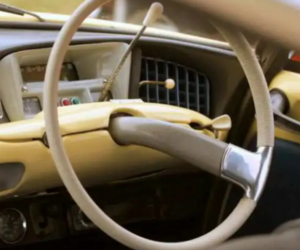 |
Citroën DS (Single-Spoke Wheel) | Iconic single-spoke design from the 1950s. Frees up dashboard visibility. Representative of Citroën’s futuristic styling. |
 |
Tesla Model S / “Yoke” Style | Modern design with a “yoke” style wheel. Debated usability, but offers unobstructed view of instrument cluster. |
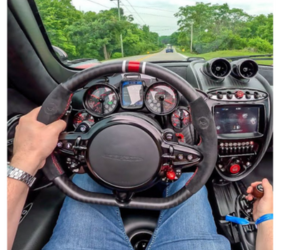 |
Pagani Huayra | Supercar craftsmanship: carbon fiber, fine leather, bespoke buttons. Artistic detail. |
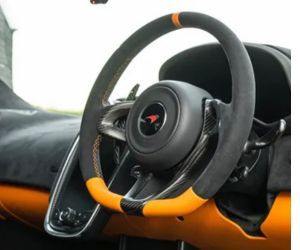 |
McLaren 570S | Minimalist, driver-centric design. Alcantara/leather mix, large paddles, crisp control feel. |
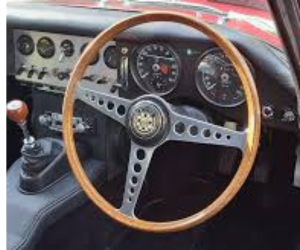 |
Jaguar E-Type (1961) | Classic wood rim, thin spoke, elegant craftsmanship. Part of automotive art history. |
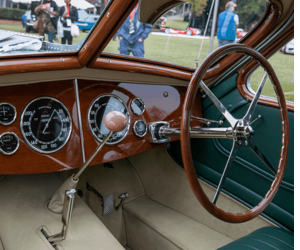 |
Bugatti Type 57 | Elegant design, polished wood & metal, classic styling. Reflects luxury and tradition. |
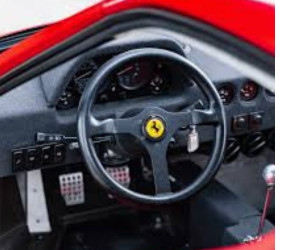 |
Ferrari F40 | Race-inspired, simple but purposeful. Thick grip, perfect for performance driving. |
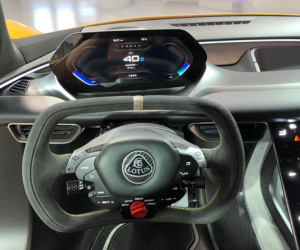 |
Lotus Evija | Futuristic fighter-jet style wheel. Square/yoke-like sections, touch controls, carbon fibre aesthetic. |
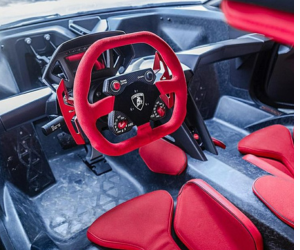 |
Lamborghini Sesto Elemento | Visual drama: red accents, exposed screws, aggressive paddle layout. Designed for pure sport and visual impact. |
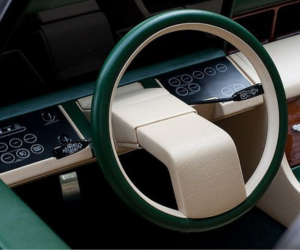 |
Aston Martin Lagonda (1970s/80s) | One of the most unusual/wild designs: unique shape, digital displays, futuristic aesthetic of its era. |
📈 Trends & Evolution of Steering Wheel Design
Here is a timeline / graph showing how steering-wheel styles have changed over the decades, in terms of key design shifts:
Decade Style Shift / Trend
1950s-60s Thin wood rims, metal spokes, minimal buttons
1970s More padding, bigger diameter, horn rings
1980s Digital clusters, more decorative elements
2000s Multifunction buttons, airbag integration
2010s-20s Yoke styles, carbon fiber, minimalist sport-oriented designs
And in chart form (estimated % of cars produced with “minimalist sport style wheel” vs “classic wood or thin wheel”):
| Era | % with Sport/Minimalist Wheel |
|---|---|
| 1950-1979 | ~10% |
| 1980-1999 | ~25% |
| 2000-2015 | ~45% |
| 2016-2025 | ~70% |
🔧 Facts & Figures
-
- The Citroën DS single-spoke steering wheel was revolutionary in the 1950s: part of a design meant to reduce risk in crashes and improve visibility.
-
- Tesla’s yoke wheel in the Model S order of 2021-2025 triggered debates about usability vs. visual appeal: tight turning circles and parking maneuvers often critiqued.
-
- Pagani vehicles often spend hundreds of hours crafting steering wheels (leather wrapping, trim, bespoke buttons), making them among the most expensive components in their vehicles. (Exact numbers vary by model)
🛠 Pros & Cons of Modern vs Classic Steering Wheels
| Attribute | Classic / Vintage Wheels | Modern / Futuristic Wheels |
|---|---|---|
| Aesthetic appeal | Warmth, craftsmanship, elegance | Bold, dramatic, tech-laden designs |
| Comfort / Grip | Often thin, sometimes less ergonomic | Enhanced ergonomic grips, thumb rests |
| Functionality | Fewer controls, simple structure | Integrated digital controls/buttons |
| Safety | Bigger diameter, stronger physical feel | Airbags, electronic safety systems |
| Adaptability | Limited climate / weather adaptability | Advanced materials, better temperature resilience |
🔮 What’s Next in Steering Wheel Design
-
- More Yoke / Half/Yoke Styles: As EVs continue, companies will push more aerodynamic or futuristic wheel cross-sections.
-
- Touch / Haptic Controls: Replacing physical buttons with touch surfaces or feedback sensors.
-
- Adaptive / Modular Wheels: Interchangeable sections, digital displays embedded in the rim / center.
-
- Improved Material Tech: More carbon fiber, sustainable woods, vegan leather, smarter grips.
✅ Conclusion
Steering wheels are among the most intimate interfaces between driver and machine. Whether vintage classics with wooden rims, futuristic yokes, or high-performance supercar wheels, each design captures a moment in automotive history and engineering. The trend is moving toward bolder, tech-laden, minimalist designs—but classic craftsmanship will always hold a special place among car lovers.
Why are some modern cars using “yoke” or “half” steering wheels instead of round ones?
To improve forward visibility (for dash and screens), give cabins a futuristic look, and reduce obstruction. But they often sacrifice ease of turning in tight spaces.
Are thin wooden steering wheels better or worse than thick leather ones?
It depends on preference. Thin wooden wheels carry elegance and historical style; thick leather wheels tend to offer better grip, comfort, and modern safety compliance.
What steering wheels are considered most collectible or valuable?
Vintage wood-rimmed wheels like those in Jaguar E-Type, early Ferrari models, Citroën DS single-spoke, and early Porsche / Shelby Cobra style wheels often fetch collector interest.
Do unusual steering wheels affect driving performance or safety?
Yes—they can. Unconventional shapes (yokes, single spokes) may limit hand positions, especially for sharp turns, parking, or emergency maneuvers. Safety regulations (airbags, grip, material strength) also must be met.
How much does a custom / high-end steering wheel cost?
Prices vary widely. A standard OEM high-end steering wheel (with leather, some trim, buttons) might cost hundreds of dollars. Custom or supercar‐grade wheels (carbon fiber, bespoke finishes) can run into thousands of dollars.
